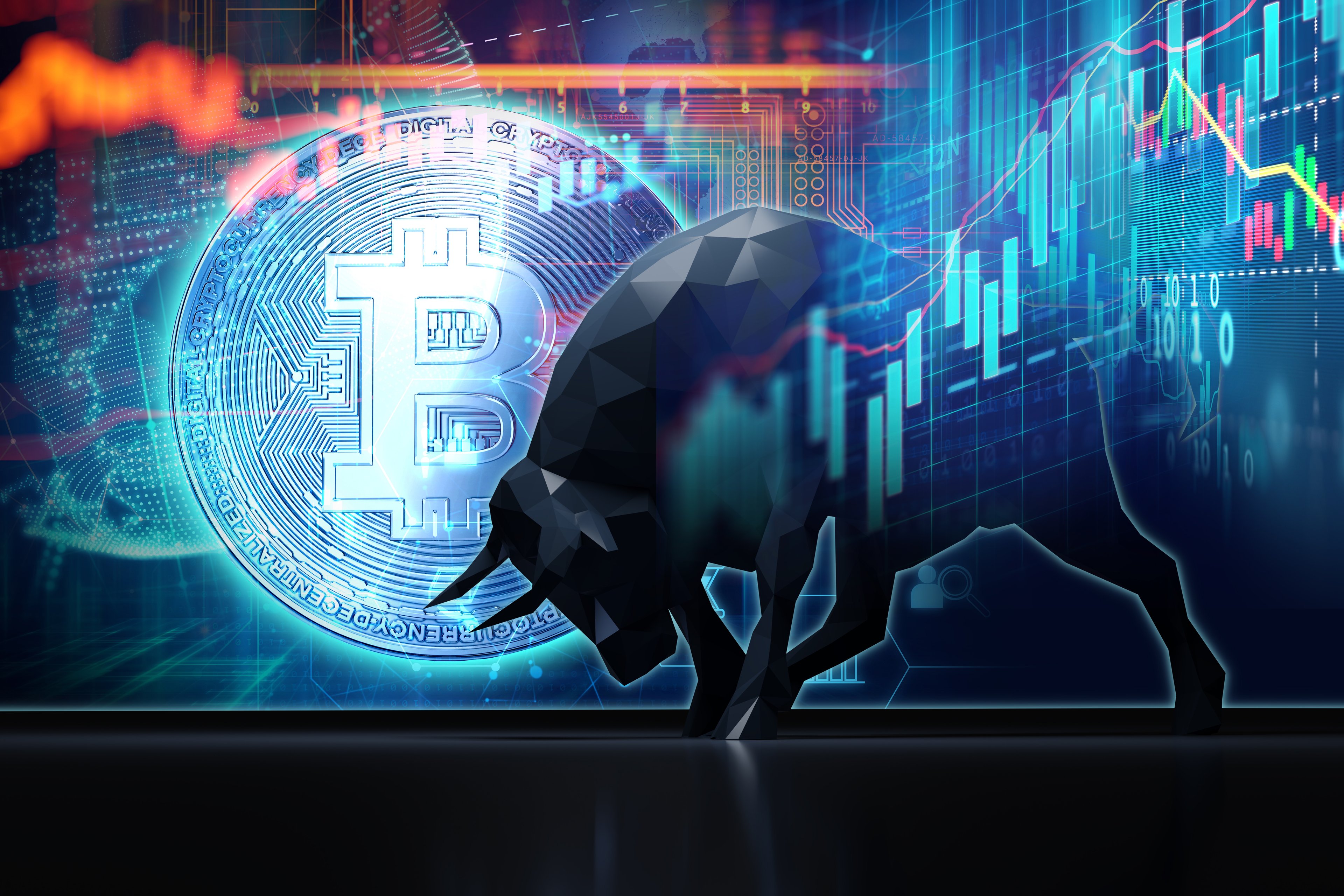Sometimes an investment's strengths can also be its weaknesses or risks when looked at from another perspective. That's certainly true for XRP (XRP +0.13%). As one of the largest cryptocurrencies, it has a distinct focus and mandate compared to its peers. That makes it a particularly worthwhile investment, but also exposes it sharply to potential problems that many other coins simply don't have.
There's one specific issue that some investors have singled out as being of great importance, as it's perhaps the biggest red flag that it's possible for a cryptocurrency to have. At the same time, it's clear that the coin probably couldn't deliver value to investors at all if the feature in question didn't exist. Let's unpack what investors are concerned about, and determine whether it's actually a big problem or not.

CRYPTO: XRP
Key Data Points
Supply consolidation is a sharp double-edged sword
One of the dreams of the early cryptocurrency community, specifically Bitcoin, was to create forms of money that were not beholden to the same rules as fiat currencies. By ensuring that the supply of cryptocurrencies wasn't concentrated too much in any individual's hands, and by implementing protocols that required mining by a diverse set of different users, the idea was that much-feared tomfoolery like excessive money printing and extreme monetary inflation could be largely avoided. No one player would control enough of a blockchain's mining power to unilaterally make changes to the protocol or create more coins.
Many investors appreciated those ideals and invested accordingly. However, the cryptocurrency sector has grown a lot since then, and the countercultural milieu of the early days has fallen by the wayside as more practical concerns like creating utility for holders have taken over.
Enter XRP, a coin that's issued by Ripple, the private company that created and operates the network. According to the company's leaders, in 2017 roughly 55 billion XRP were locked in escrow, and they're being unlocked at a rate of 1 billion XRP monthly. If it doesn't sell or use all of the XRP, it gets locked back into escrow.
At one point, Ripple held approximately 60% of the coin's total supply, equivalent to around 60 billion XRP. As of the end of the fourth quarter of 2024, it held more than 4.4 billion XRP outright, with 38.9 billion XRP still in escrow. There are approximately 57.9 billion XRP in circulating supply right now.
The severe concentration of XRP's supply has led many investors to rightly claim that it is in no way a decentralized form of money. Ripple holds the majority of the supply, and directs the development of new features for the chain that XRP is hosted on. Investors do not have the opportunity to buy out Ripple's share unless the business decides to liquidate some of its holdings, nor is it probable that the network's validators will ever be out of its purview.
For the original set of cryptocurrency investors from the halcyon days, all those elements are major red flags that are dealbreakers. But for most investors today, there's not much of a problem at all. Here's why.
Don't overthink this one
For XRP to gain in value, financial institutions like banks need to use it. They have an incentive to use it because it cuts their costs to transact with other financial institutions internationally, which would usually incur steep transfer fees and currency exchange fees. When they use XRP instead, they pay far less, and the small amount they do pay ends up reinvested in maintaining and upgrading the network. The more they use it, the more fees they deliver.
That essential value-generating mechanism is not in any way compromised by Ripple holding a large portion of XRP's supply outright and even more in escrow. If anything, it ensures that they will retain stewardship of the chain, which so far they have developed admirably, onboarding many new users, and delivering good returns to investors along the way.
If XRP were fully decentralized, those technology development and chain management strategies would need to be the product of consensus among many different actors, some of whom might be in competition. The pace of its deployment would almost certainly be far slower. Plus, conservative institutions like banks tend to be run by conservative management teams, which prefer to interact with other management teams that are broadly legible to them. For example, imagine a scrappy coalition of cryptocurrency developers trying to pitch their coin to a senior banker, and then remember that they probably wouldn't even be able to get into the right room in the first place.
Therefore, XRP being under Ripple's stewardship is a key part of its appeal, as it's a prerequisite for the coin getting into the hands of the users who are apt to generate the most trading volume -- and, thus, the most fees. So, I don't see it as a red flag at all that XRP's supply is highly centralized, even if it means that there is a tiny risk of Ripple's management taking the development of the chain in a direction that isn't perfect. It's still worth buying and holding.






